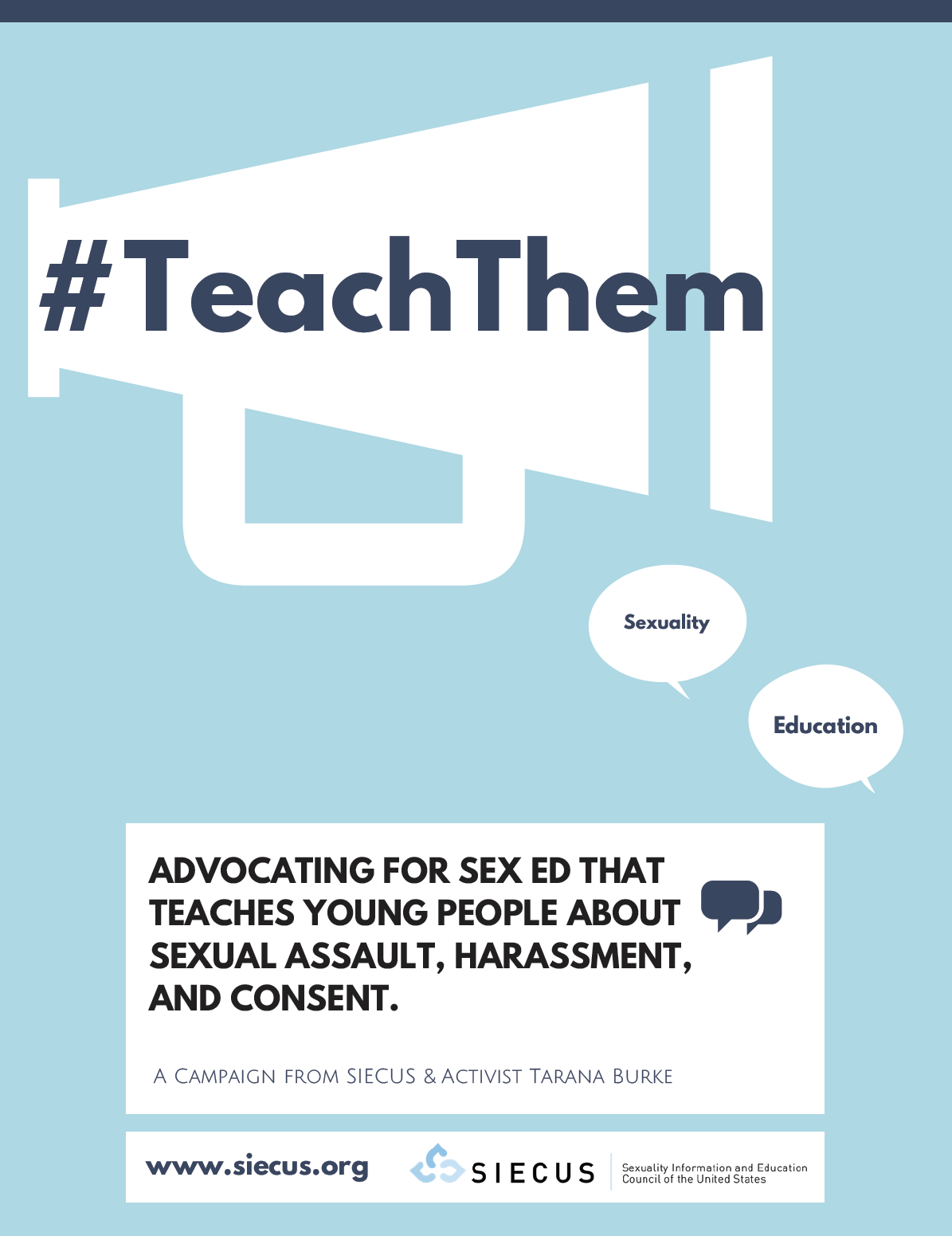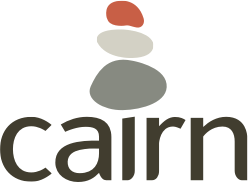By Liz Thorne
The #MeToo movement has shown the extent to which acts of rape, sexual violence and sexual misconduct permeate the lives of countless women, as well the people and institutions that allow it to perpetuate like an “open secret”. Last month, the news of allegations of sexual misconduct against Asis Ansari added a new dimension to the #MeToo discourse. There was a debate about whether the actions of Asis belonged in the same conversation as the actions of Harvey Weinstein or Larry Nassar. But folks working in the field of sexuality education knew that it did.
While I was consuming all of this in my news feed, I just kept thinking to myself, “This is why we need more comprehensive sexuality education in every school in every town starting from preschool through higher education!” According to the Guttmacher Institute, fewer than half the states require schools to include the topic of “avoiding coercion” as part of a sexuality education program and similarly, a majority don’t require discussion of healthy relationships. But teaching young people about healthy relationships is the primary prevention for sexual violence because it’s centered on breaking down gender stereotypes, setting healthy boundaries, communication, and that consent is more than just “not hearing no”.

There are states and school districts that are using this as an opportunity to strengthen laws and policies around sexuality education. The Sexuality Information and Education Council of the United States (SIECUS) has developed a toolkit to support educators to advocate for policies that support comprehensive sexuality education. They also created the partner #TeachThem movement to build on the awareness that #MeToo has brought to the need for stronger comprehensive sexuality education. But even states with strong policies struggle with implementation due to a lack of funding for professional development for teachers and administrators.
This is why I’m so proud to be supporting a school district with funding from Advocates for Youth to develop a sexuality education plan of instruction K-12 inclusive of policy, scope and sequence and training/professional development. Earlier this month we held a meeting with folks representing: education, public health and child welfare at the state level; school administrators; district staff; county public health; community based organizations that provide culturally specific sexuality education; university; LGTBQ rights; and sexual assault/violence prevention. The group came together to critique the first draft of a district sexuality education policy. We envisioned a policy that codifies instruction that is not just developmentally appropriate and science-based, but inclusive and trauma-informed. A policy where school level data are used to guide instruction, and teachers are enthusiastic and equipped to teach sexuality education through strong professional development and support from an incredible network of community partners. There is so much more work to do, but I left this meeting filled with energy and hope.
I salute these and other professionals, sexuality educators, young people, teachers, administrators and advocates across the country working to strengthen sexuality education. Our work has never been more important or needed.


Leave a Reply